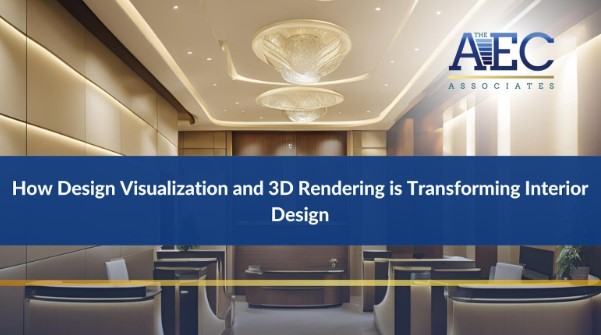Interior design has always been about creating aesthetically pleasing and functional spaces. Traditionally, this involved a lot of sketches, mood boards, and physical samples. However, the advent of 3D rendering technology has revolutionized the field, providing designers with powerful tools to bring their visions to life with unprecedented clarity and precision. This blog explores how Architectural design visualization and 3D rendering are transforming the world of interior design, making it more dynamic, accurate, and client-friendly.
Understanding 3D Rendering in Interior Design
Architectural Design visualization and 3D rendering in interior design refers to the process of creating three-dimensional images or animations to visualize a space. This technology allows designers to construct a detailed, virtual representation of an interior environment. Unlike traditional methods that rely on two-dimensional drawings and physical samples, 3D rendering offers a realistic, immersive experience, giving both designers and clients a comprehensive view of the proposed design.
Advantages of Using 3D Rendering in Interior Design
- Detailed Visualization and Accurate Representation: 3D rendering provides an exact visual of how the final design will look. This includes details like textures, lighting, furniture, and even small décor elements. This level of detail ensures that clients have a clear understanding of the design before any physical work begins.
- Experimentation with Styles, Colors, and Layouts: One of the significant benefits of 3D rendering is the ability to experiment with different design elements. Designers can quickly change colors, materials, and layouts to see how different options will look in the space. This flexibility allows for more creative freedom and helps in making informed decisions.
Software Tools for 3D Rendering in Interior Design
Several software tools are available for 3D rendering, each offering unique features tailored to different aspects of interior design. Some of the popular tools include:
- AutoCAD: Known for its precision and technical detail, AutoCAD is widely used for drafting and designing floor plans.
- SketchUp: Renowned for its user-friendly interface, SketchUp allows designers to create detailed 3D models quickly.
- Rhino: Favored for its versatility and ability to handle complex designs, Rhino is often used for creating intricate and detailed renderings.
These tools enable designers to create stunning visualizations that help in conveying their ideas effectively.
Process of Creating a 3D Rendered Interior Design
Creating a 3D rendered interior design involves several steps:
- Initial Consultation and Concept Development: The process begins with understanding the client’s needs and preferences. Based on this, designers develop a concept that aligns with the client’s vision.
- Drafting the Layout: Using CAD software, designers draft the initial layout of the space, which serves as the blueprint for the 3D model.
- 3D Modeling: The drafted layout is then transformed into a 3D model. This includes adding walls, floors, ceilings, and architectural details.
- Texturing and Lighting: Textures and materials are applied to the 3D model to make it look realistic. Lighting is also added to enhance the visual appeal and to mimic real-world conditions.
- Final Rendering and Presentation: The final step involves rendering the model to produce high-quality images or animations. These are then presented to the client for feedback and approval.
Impact on Client Engagement and Satisfaction
The use of design visualization & 3D rendering significantly enhances client engagement and satisfaction. Clients can visualize the proposed design in a realistic manner, which helps in better understanding and appreciation of the designer’s vision. This clarity reduces the chances of misunderstandings and ensures that clients are satisfied with the design before the actual work begins. Moreover, it facilitates faster decision-making and approval processes, as clients can see the final outcome and make changes quickly.
Conclusion
Architectural Design visualization and 3D rendering services is indeed transforming interior design, making it more precise, flexible, and client-centric. By providing detailed and realistic visualizations, it enhances the design process and ensures higher client satisfaction. As technology continues to evolve, the use of 3D rendering in interior design will only become more sophisticated, opening up new possibilities for creativity and innovation. Interior designers who embrace this technology can expect to deliver better results, foster stronger client relationships, and stay ahead in a competitive market.





Comments